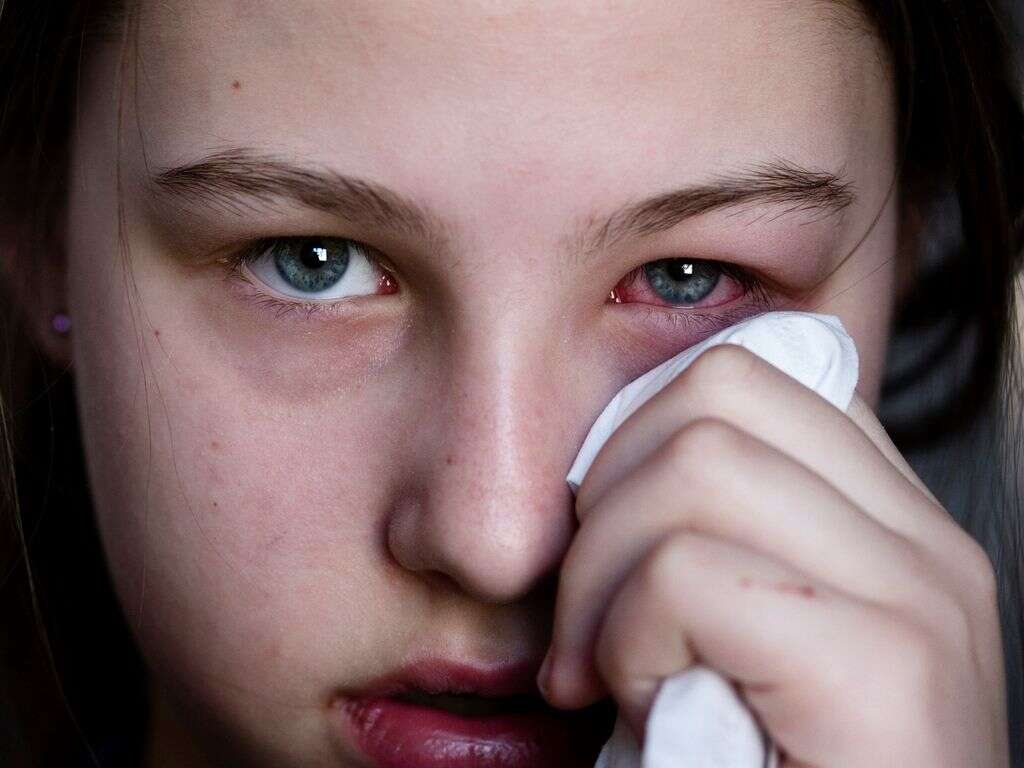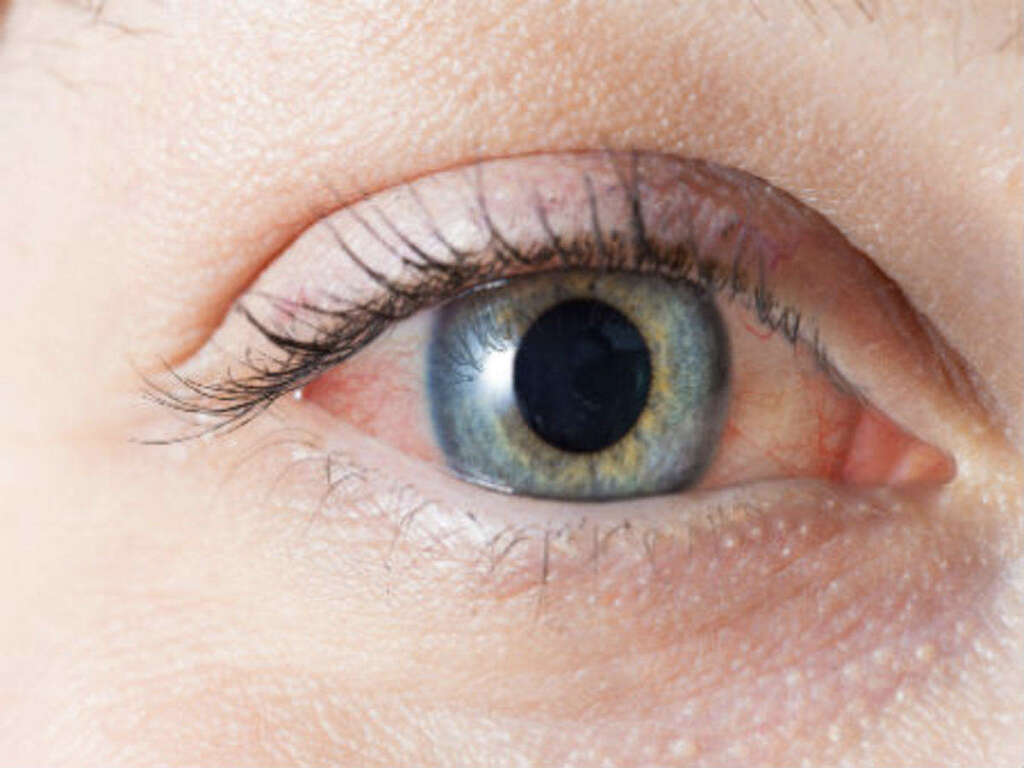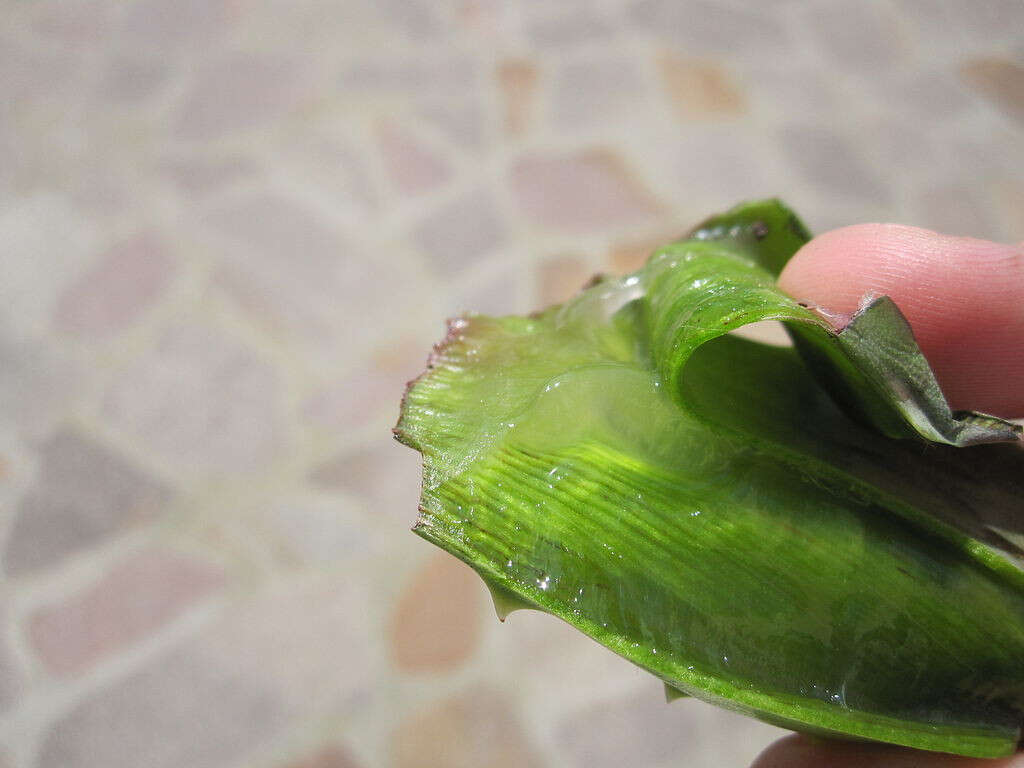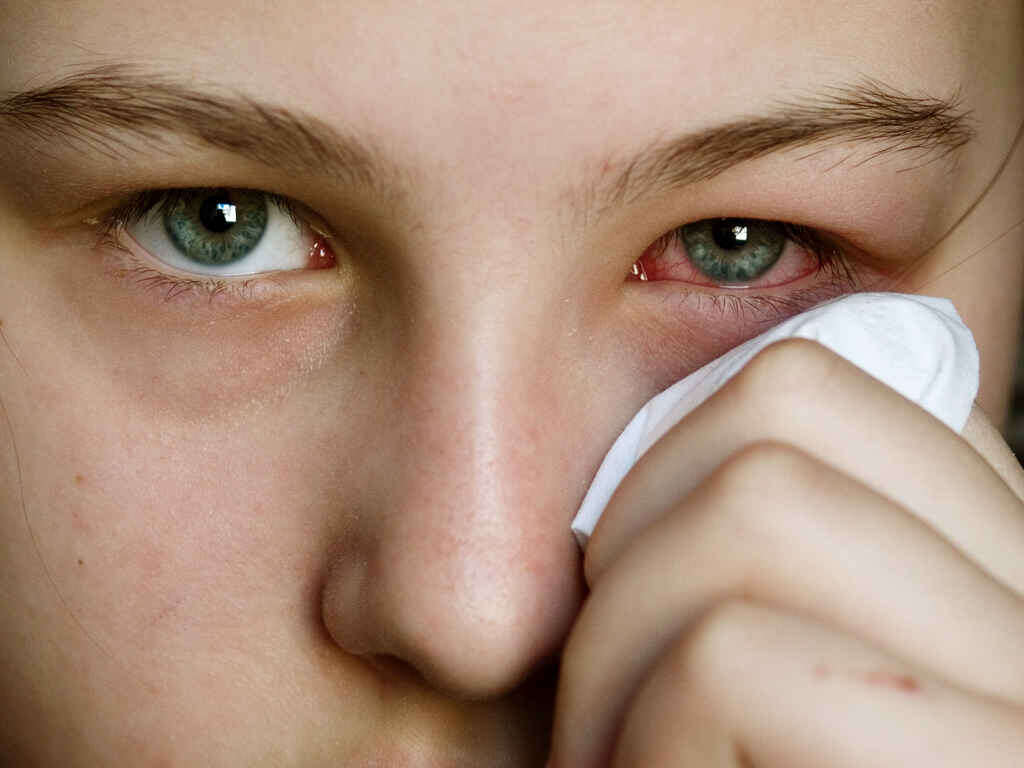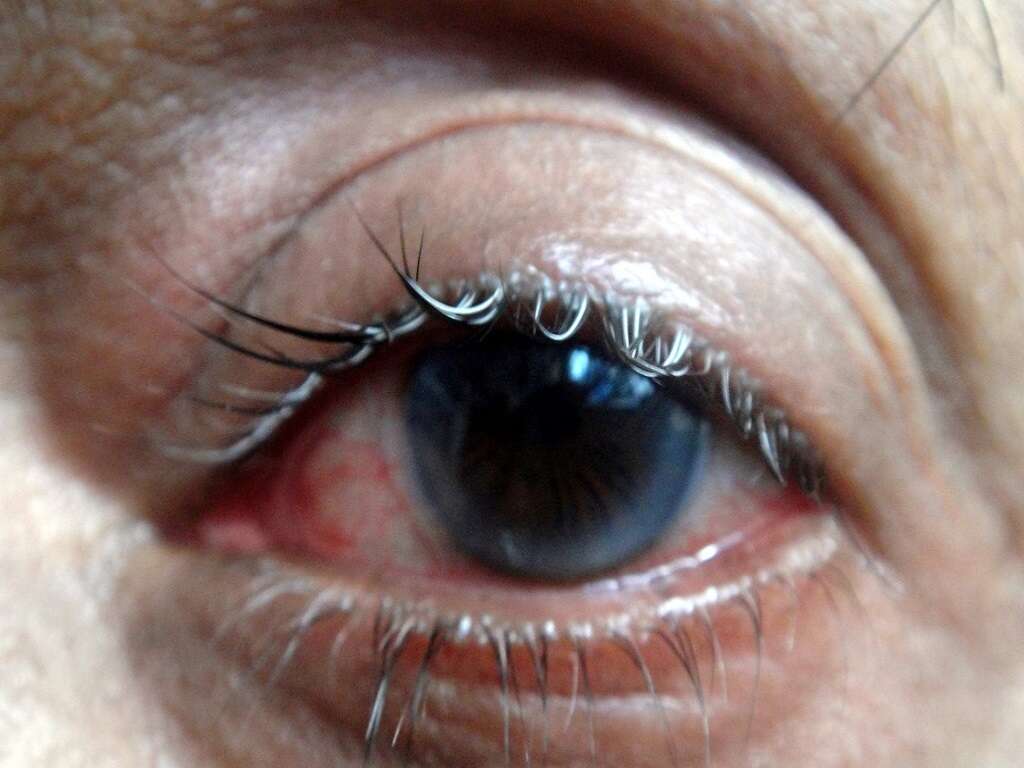What Is Pinkeye?
Pinkeye, otherwise called conjunctivitis, is a condition in which the outer lining of the white of an eye known as conjunctiva and the inside of the eyelid are inflamed. The inflammation causes the white part of the eye to appear pink or red. The affected eye may also tear or itch.
Pinkeye is a common eye problem, especially in young children. While it causes eye discomfort, pinkeye usually isn’t a serious problem and can clear on its own within days to two weeks. However, some types of pinkeye are highly contagious and can be passed to uninfected person’s from an infected person by way of eye to hand, and hand to eye contact, including handling of items contaminated with tears or other infected body materials.
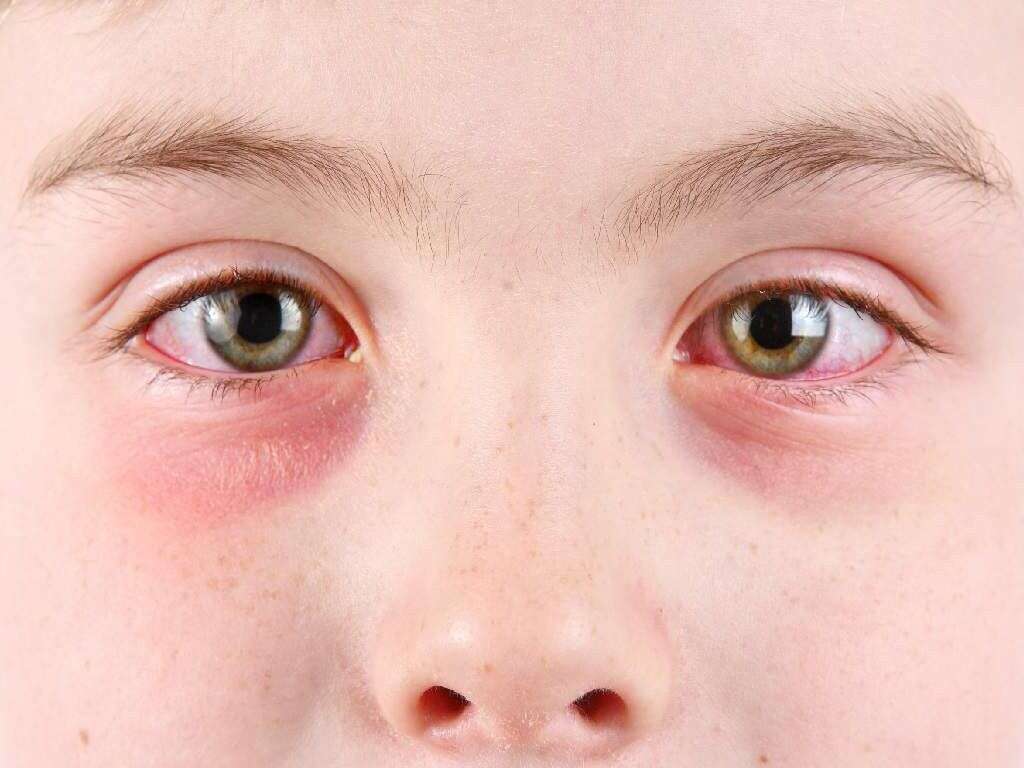
1. Symptoms of Pinkeye
While redness of the eye is the most outstanding symptom of pinkeye, some symptoms may depend on the cause of the inflammation. However, in most cases, increased production of tears, eye itchiness, thick crust over eyelashes especially upon waking up, and sensitivity to light are common. Other common symptoms of pinkeye include swelling, blurred vision, and a burning feeling in the eyes.

2. Causes of Pinkeye
Pinkeye occurs as a result of inflammation of the conjunctiva. The inflammation may be caused by exposure to irritants or infection. This means that pinkeye has several possible causes that lead to different types of the condition. Irritants that can cause pinkeye include smoke, dust, pollen, and chemicals like pool chlorine.
This type of pinkeye usually clears after exposure to the irritant stops. Pinkeye that doesn’t clear even though you are not exposed to any known irritant could be caused by an infection.

3. Infections
Several infection-causing organisms can cause pinkeye. These include viruses, bacteria, and fungi. The types of pinkeye caused by these pathogens are referred to as viral, bacterial, and fungal conjunctivitis, respectively. Overall, viruses account for most cases of the condition.
Viruses implicated in pinkeye include the group that also causes the common cold, rubeola virus that also causes measles, herpes viruses that also cause cold sores, shingles and chickenpox, and Epstein-Barr virus, which also causes mononucleosis. Bacterial pinkeye may be caused by bacteria such as Streptococcus pneumonia, Staphylococcus aureus, Hemophilus influenza, N. gonorrhea, and Chlamydia trachomatis. Fungal conjunctivitis is caused by fungi such as Candida albicans and Candida tropicalis, which also cause candidiasis.
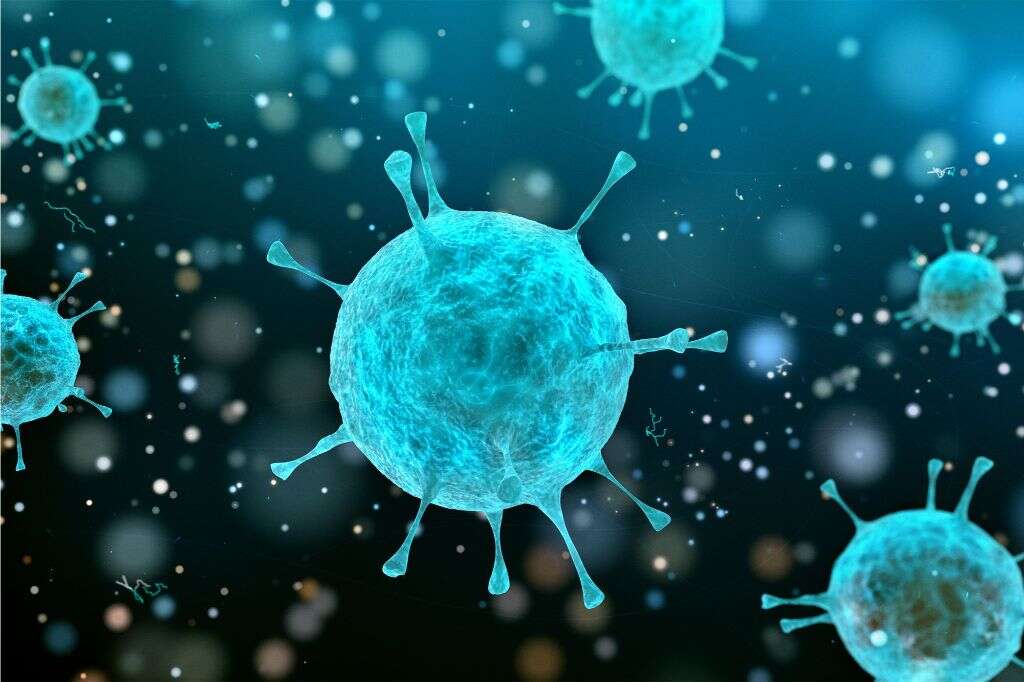
4. Other Conditions Associated with Pinkeye
Not all conditions in which the eyes become red or swollen are pinkeye. A condition like seasonal allergies can present with the same symptoms as pinkeye. But, because the allergen remains within the environment, the symptoms will not go away.
Other conditions that may be confused for pinkeye include eye sty, chalazion or inflammation of glands in the eyelids, and blepharitis or inflammation of the eyelids. For this reason, it is necessary to seek a doctor’s opinion in case the condition is not improving after several days.
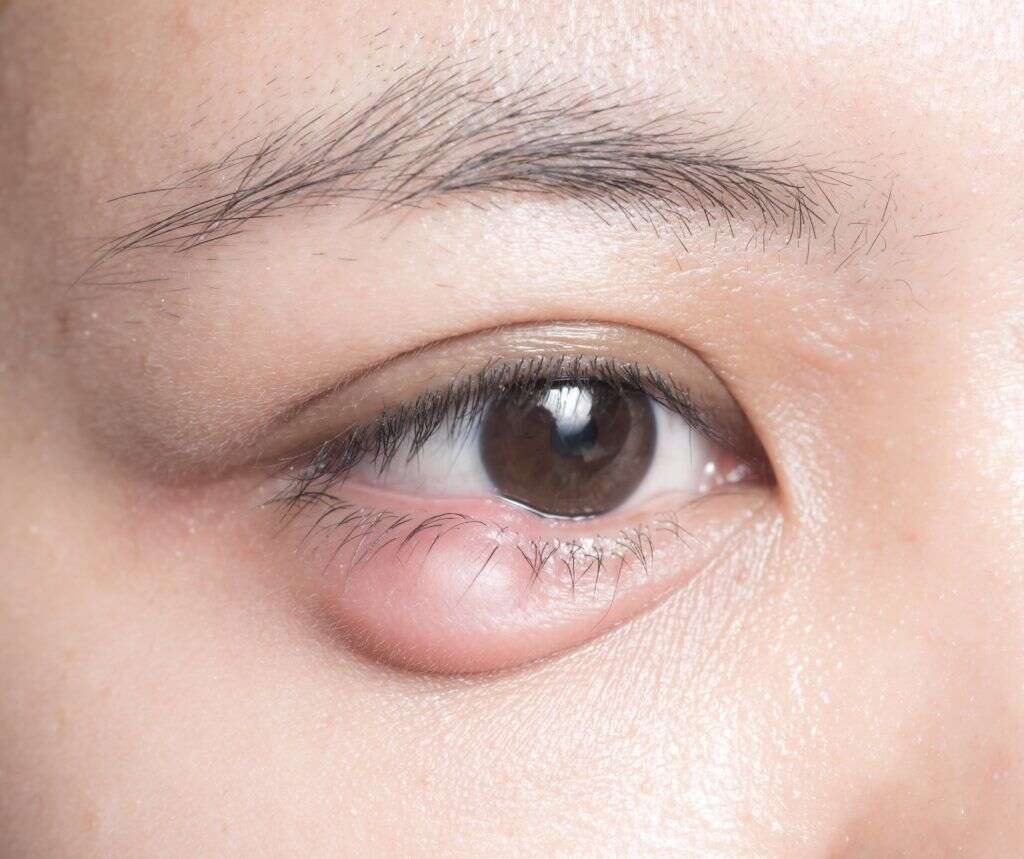
5. Complications
Most cases of pinkeye clear without complications with some requiring no treatment at all. However, complication may occur in some cases. The most common complication of pinkeye is inflammation of the cornea. This is the clear tissue in front of the lens of the eye.
When the cornea is inflamed, vision is affected such that you cannot see clearly. In case the pinkeye is caused by an abrasive chemical, complication may include permanent damage of the eye.
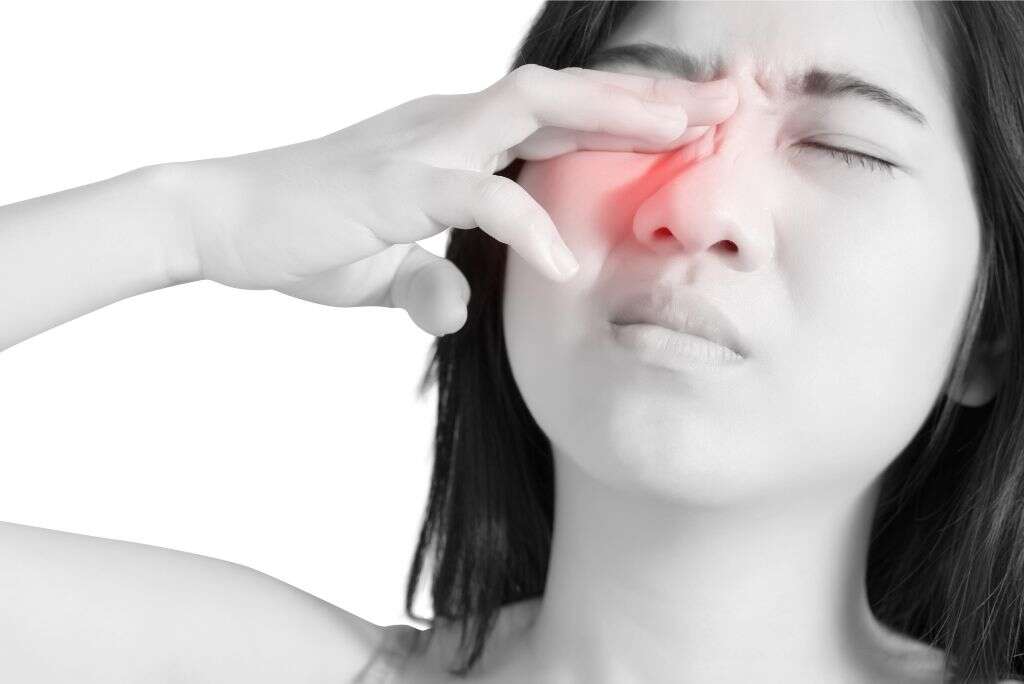
6. Disease Process
Pinkeye generally starts with the appearance of the pinkish color in the eye white. This usually begins in one eye. With time, the color may darken so that the eye appears red. Thereafter, the other eye may develop similar symptoms.
Other symptoms including itchiness, sensation of a foreign body in the eyes, pain, increased production of tears, and swelling may also develop. If the condition is caused by exposure to an irritant, the symptoms can start clearing once the exposure to the irritant stops. However, if exposure to the irritant remains, or the cause is an infection, the symptoms remain and may worsen.
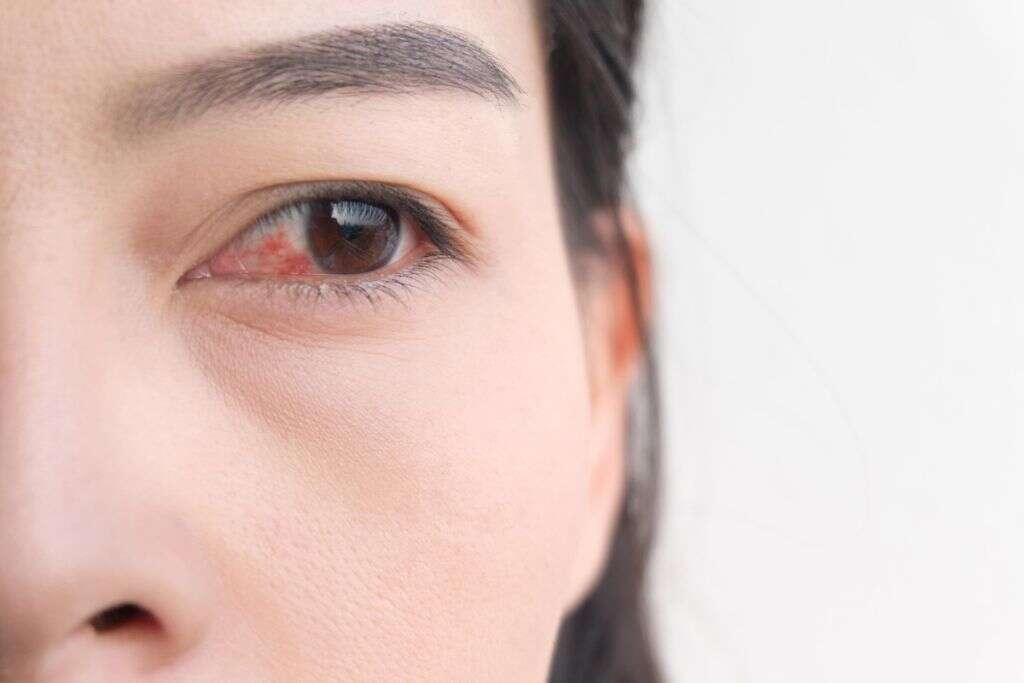
7. Home Care
As mentioned earlier, most cases of pinkeye do not require treatment because they clear on their own. However, you can do a few things in the comfort of your home to ease the discomfort and probably hasten recovery. Eating more fruits like papaya, tomatoes, and mangos, and leafy green vegetables like spinach provides you with more vitamin A and antioxidants, which can support your recovery.
Personal hygiene can also help. If someone close to you has pinkeye, advise them to avoid touching their eyes or the discharge. They should also wash their hands often, and avoid touching or shaking other people’s hands. Likewise, other people who are in close proximity to the patient should wash their hands often and avoid touching their eyes.

8. Diagnosis
A doctor diagnoses pinkeye if there is eye inflammation causing redness and discharge. The doctor may also ask questions to find out if the patient has had a recent encounter with a conjunctivitis patient.
And if the patient has had the condition for several days without improvement, the doctor may decide to swab the inside surface of the eyelid for a laboratory test to determine the cause of the infection.
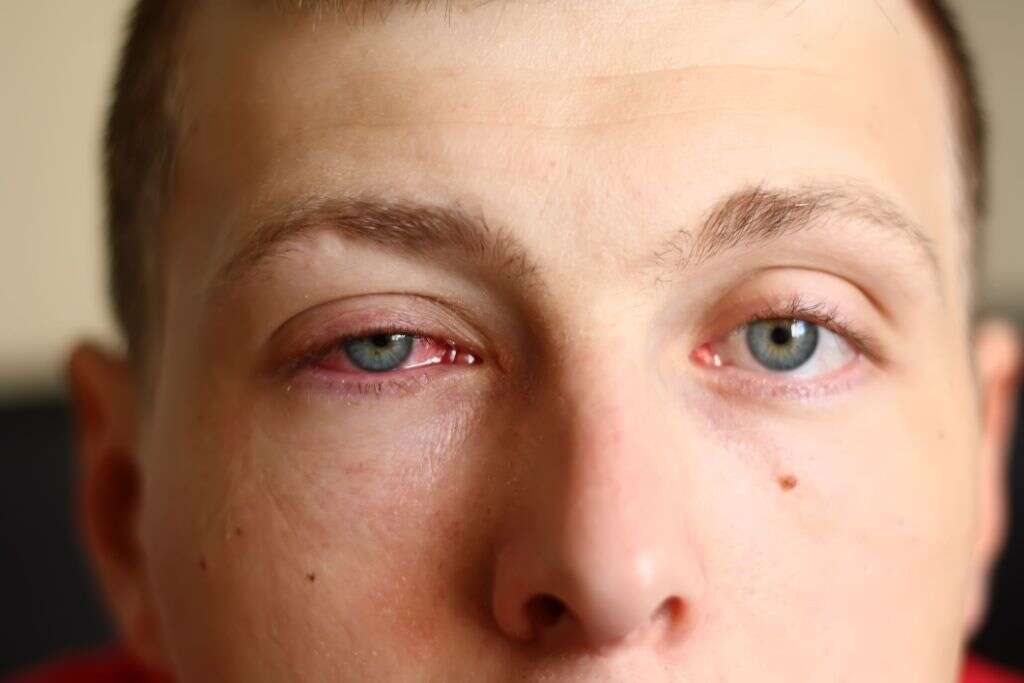
9. Treatment
Pinkeye does not always require treatment because it generally goes away on its own. This is especially the case when the cause is exposure to an irritant such as dirt. In most cases, viral conjunctivitis will also clear on its own and usually does not require treatment. Hydrocortisone ointment can also help to ease the discomfort.
Bacterial conjunctivitis is treated with antibiotic ointment or eyedrops. Similarly, fungal pinkeye is treated with an antifungal ointment or eyedrops.
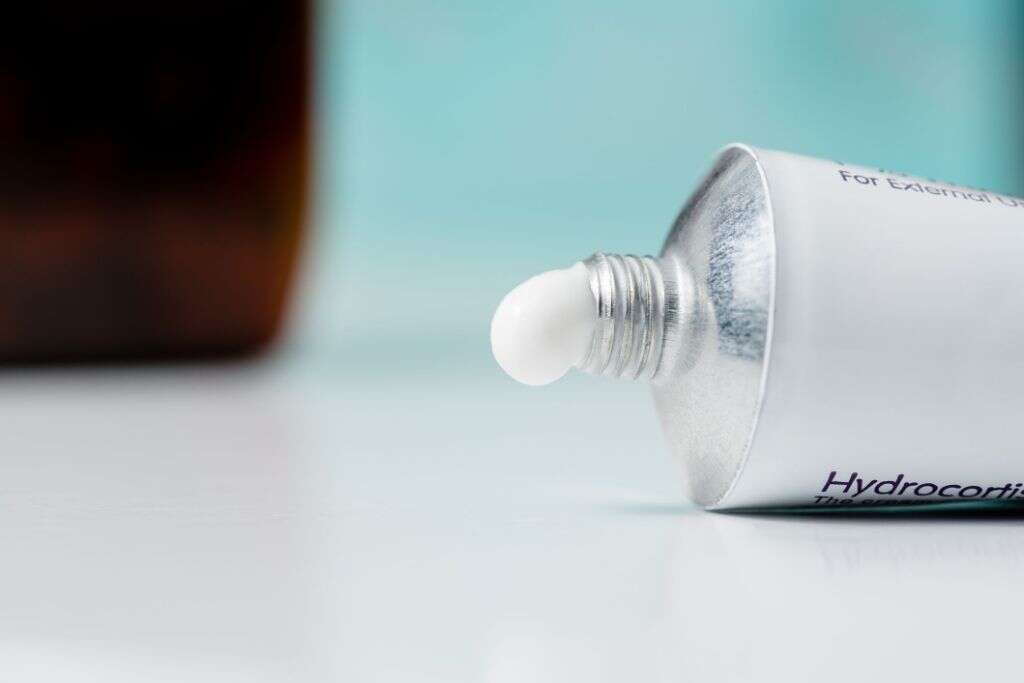
10. Long-Term Outlook
Generally, pinkeye improves and clears on its own without treatment. This is especially the case if the cause is irritation by dirt, smoke, or similar irritants. If its cause is a virus, pinkeye will also clear in about one week without treatment.
However, viral conjunctivitis caused by the herpes virus usually needs treatment with antiviral eyedrops. Similarly, bacterial and fungal pinkeye usually require treatment. In nearly all of these cases, pinkeye clears completely within a week or thereabouts, and the patient can go on with their normal life.




